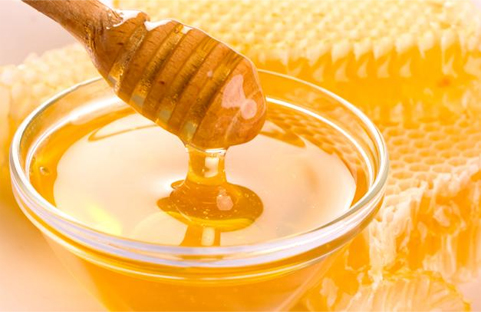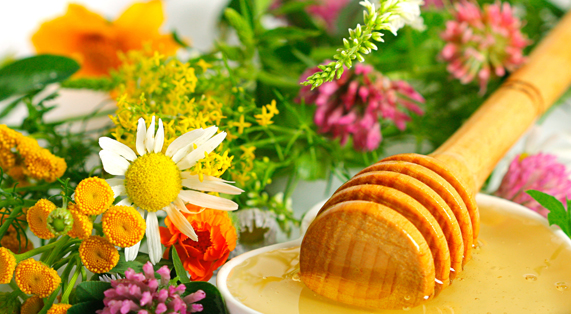نموذج مرن لنشاط السروح في طوائف نحل العسل: تأثير السلوك الفردي على نجاح نشاط السروح. A flexible model of foraging by a honey bee colony: the effects of individual behavior on foraging success
نموذج مرن لنشاط السروح في طوائف نحل العسل: تأثير السلوك الفردي على نجاح نشاط السروح.
A flexible model of foraging by a honey bee colony: the effects of individual behavior on foraging success
Melissa D. Cox, Mary R. Myerscough*
School of Mathematics and Statistics, University of Sydney, NSW2006, Australia
المستخلص:
هذا البحث يعمل على نموذج لبحث وتطوير السروح في طوائف نحل العسل, ويمكن تطبيق هذا النموذج على مصادر زهرية متنوعة المواصفات وأيضا على طوائف مختلفة في معايير في السروح . وعلى وجه التحديد قمنا بفحص تأثير خمسة عوامل مرتبطة بنشاط السروح على طقوس السروح والنتائج المترتبة على جمع الرحيق للطوائف المتجانسة. وهذه العوامل تتناول آثار مختلفة كمية حرجة على معدل دورة زيارات السروح ( affected by g ) واحتمالية حدوث الرقص ( mpd and bpd ) مدة وزمن الرقص ( mcirc ) أو احتمالية حدوث الهجرة ( A ). وظهر لنا ان عامل واحد، A : يؤثر على جمع الرحيق في النموذج غير الخطي، وعلاوة على ذلك ظهر لنا أن الطوائف ذات القيمة المتوسطة في أي من عوامل السروح تؤدي أحسن من تلك التي قيم عالية ومنخفضة في عوامل السروح وذلك عندما تتوفرالمصار الغنية بالرحيق. هذه الملاحظات مجتمعة تقترح أن الطوائف غير المتجانسة والتي فيها مدي موجود من قيم تلك العوامل ربما يكون آدائها أحسن من تلك المتجانسة. وقمنا بتعديل ذلك النموذج ليتناسب مع الطوائف غير المتجانسة واستخدمناه لنوضح أن أغلب تأثير لسلوك السروح غير المتجانس داخل الطوائف هو التقليل من التنوع في كميات الرحيق التي تم جمعها من الطوائف غير المتجانسة.
Abstract
This paper develops and explores a model of foraging in honey bee colonies. The model may be applied to forage sources with various properties, and to colonies with different foraging-related parameters. In particular, we examine the effect of five foraging related parameters on the foraging response and consequent nectar intake of a homogeneous colony. The parameters investigated affect different quantities critical to the foraging cycle—visit rate (affected by g), probability of dancing (mpd and bpd), duration of dancing (mcirc), or probability of abandonment (A). We show that one parameter, A; affects nectar intake in a nonlinear way. Further, we show that colonies with a midrange value of any foraging parameter perform better than the average of colonies with high- and low-range values, when profitable sources are available. Together these observations suggest that a heterogeneous colony, in which a range of parameter values are present, may perform better than a homogeneous colony. We modify the model to represent heterogeneous colonies and use it to show that the most important effect of heterogeneous foraging behaviour within the colony is to reduce the variance in the average quantity of nectar collected by heterogeneous colonies. r 2003 Elsevier Science Ltd. All rights reserved.
Keywords: Genetic variance; Mathematical model; Apis mellifera; Polyandry




